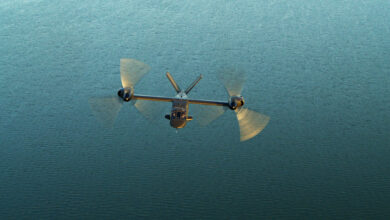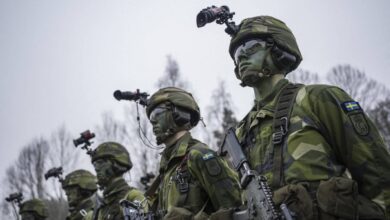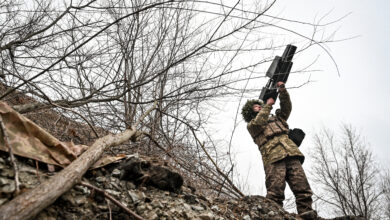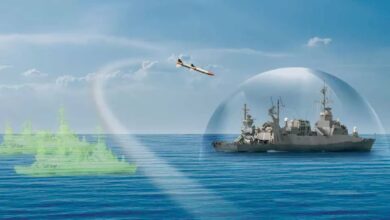GE Aerospace Completes NATO Next-Gen Rotorcraft Powerplant Study
GE Aerospace has completed the NATO Next Generation Rotorcraft Capability (NGRC) novel powerplant concept study.
The first of five NGRC concept studies analyzed several solutions for the future medium-lift rotorcraft, including advanced gas turbines, hybrid electric systems, hydrogen fuel cells, and hydrogen combustion engines.
Multiple combinations of engines and airframe configurations were explored by the team, which included the NATO Support and Procurement Agency (NSPA), to evaluate performance for NATO missions.
“The analysis included comprehensive assessments of unit costs, operational costs, total life cycle costs, speed, payload, and range, ensuring alignment with NATO’s objectives,” GE stated.
‘Valuable Insights’
The NSPA awarded GE the powerplant study contract in December 2023, with work performed by its Defense & Systems organization and Avio Aero.
“We are proud to support NATO NSPA in this groundbreaking initiative,” director of turboshaft advanced programs at GE Aerospace John Martin said.
“Our study provides valuable insights into the capabilities of various power plant options, bringing us closer to realizing the future of NATO’s next-generation, multi-capable helicopter.”
Five Concept Studies
The study will inform NGRC partner nations as they move forward with the program.
Three of the five NGRC concept studies are open to the industry, namely the novel powerplant study, open systems architecture study, and the integrated platform study: aircraft’s paper designs.
Lockheed has been awarded the open systems architecture, while the integrated platform study contract is yet to be awarded.
The remaining two studies are not open to the industry.
Next-Gen Rotorcraft Capability
France, Germany, Greece, Italy, and the UK launched the NGRC project in 2020.
It is intended to replace the current fleet of medium-lift helicopters as they reach their end of life cycle from 2035 to 2040 and beyond.
Around 900 medium-lift helicopters are expected to be retired during that time.
Expected Features
The future craft’s expected features include a weight range of 10 to 17 tons and the capability to team with unmanned platforms.
It should carry its own weapons and cost no more than 35 million euros ($38.2 million), with a cost-per-flight hour no greater than 10,000 euros ($10,920).
The aircraft’s availability rate should be above 75 percent, and it should be able to fly unrefueled for up to 1,650 kilometers (1,025 miles).
The optimal cruise speed is 220 knots (253 miles/407 kilometers per hour), with the ability to accommodate up to 16 fully equipped troops.
Its lifting capacity should also be over 4,000 kilograms (8,800 pounds).












